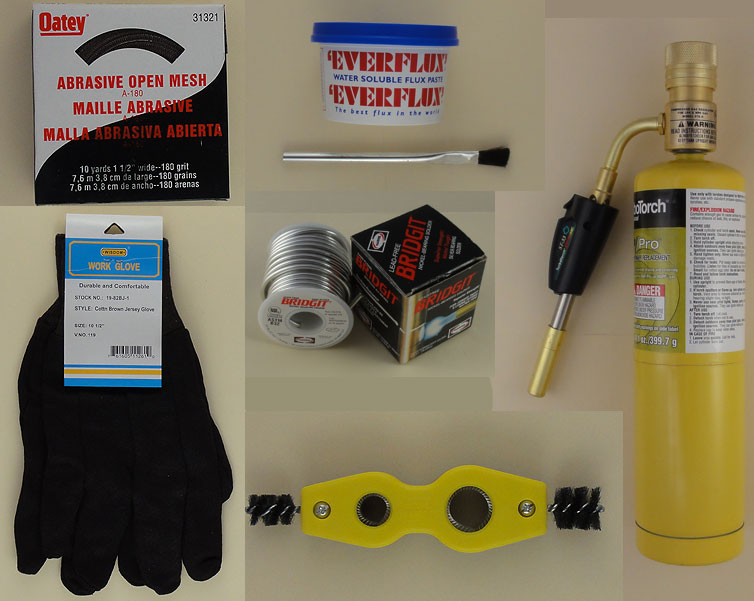In the process of sweating 3/4" copper, I noticed that on occasion I will have a fitting that I can pull apart very easily (after giving it a chance to cool). When I pull it apart, there is very little solder in the joint. However, in the process of sweating the joint, I can see the solder being sucked into the joint and the solder rolling around the joint.
Could this be occuring because if I am sweating a joint close by and the transferred heat loosens the joint and or pulls the solder out of the joint?
I am using MAPP gas, Oakey flux and lead free solder.
I appreciate words of advice.
Could this be occuring because if I am sweating a joint close by and the transferred heat loosens the joint and or pulls the solder out of the joint?
I am using MAPP gas, Oakey flux and lead free solder.
I appreciate words of advice.

